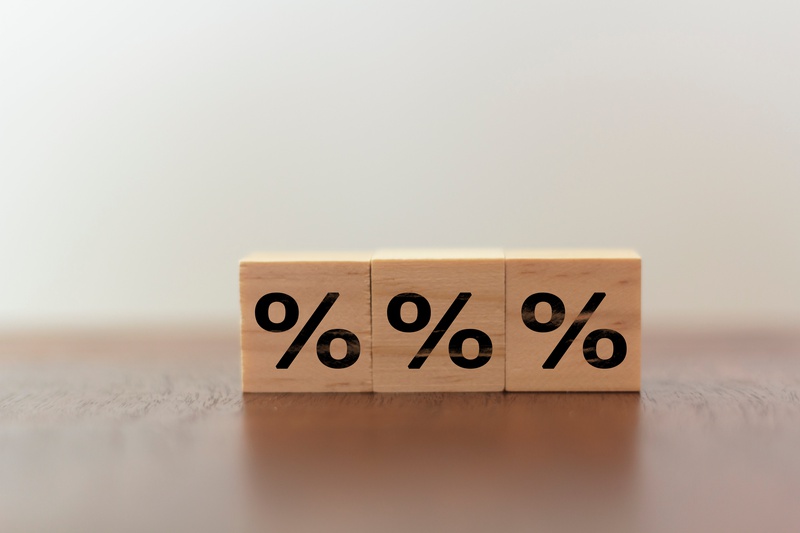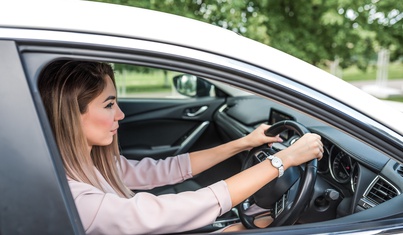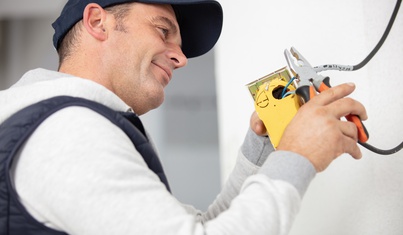When you issue an invoice to your customer, you must ensure that you charge the correct rate of VAT. Whilst most businesses in the UK charge VAT at the standard rate of 20% there are a number of different VAT rates and exemptions that you should be aware of.
In the UK, there are three separate VAT rates, the standard rate @ 20%, the reduced rate @ 5% and the zero rate @ 0%.
There are special rules when charging VAT where there are discounts or free gifts. The rules are complex, but we have summarised the main aspects below.
Discounts and free gifts
|
Offer |
How to charge VAT |
|
Discounts |
Charged on the discounted price (not the full price) |
|
Gifts |
Charged on the gift’s full value. There are some specific exceptions on gifts given to the same person if their total value in a 12-month period is less than £50. |
|
Multi-buys |
Charged on the combined price if all the items have the same VAT rate. If not, VAT is ‘apportioned’ as mixed-rate goods |
|
Money-off coupons, vouchers etc |
No VAT due if given away free at time of a purchase. If not, VAT due on the price charged |
|
‘Face value’ vouchers that can be used for more than one type of good or service |
‘Face value’ vouchers that can be used for more than one type of good or service No VAT due, if sold at or below their monetary value |
|
Redeemed face value vouchers |
Charged on the full value of the transaction |
|
Redeemed face value vouchers sold at a discount |
Charged on the discounted value of the transaction |
|
Link-save offers (buy one get one free or discounted) |
VAT is apportioned as mixed-rate goods - there are exceptions |



